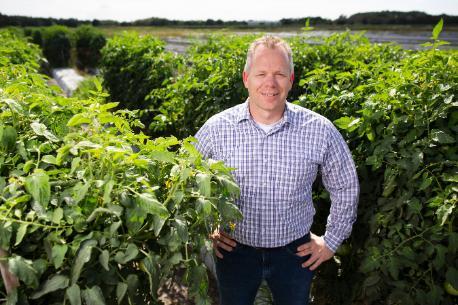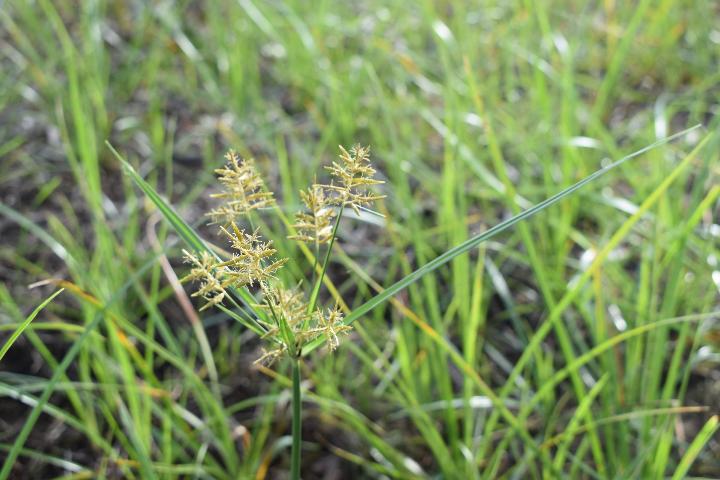By Clint Thompson
There are ways to control nutsedge during the upcoming fallow period. Cover crops are not an effective solution, however.

Associate Professor of Horticultural Sciences at the GCREC
Nathan Boyd, University of Florida (UF) associate center director and associate professor of horticulture/weed science at the Gulf Coast Research and Education Center, discusses why cover crops are not recommended to manage nutsedge, which can grow up to three feet.
“When it comes to nutsedge management, cover crops are not a good option. The reason for that is nutsedge will happily grow underneath the canopy of even the most dense cover crops. Even under sunn hemp, which can form an incredibly thick canopy, nutsedge will continue to happily grow,” Boyd said. “Now they won’t produce as many tubers, so you do prevent your populations from getting bigger, which is good, but you don’t reduce the populations.”

Credit: Annette Chandler, UF/IFAS
What is Nutsedge?
According to UF, nutsedges spread by underground roots and produce tubers. Yellow nutsedge produces fewer but larger tubers, but purple nutsedge produces more but smaller tubers. Producers need to remove the tubers to achieve maximum nutsedge control. Farmers can hand-weed, but if they don’t remove the tubers, the nutsedge will just grow back.
During the fallow period, or the time when the field is not being used, growers should utilize a herbicide and cultivation combination. It is the most effective fallow management tool for reducing nutsedge populations.
“What you want to do is allow the nutsedge to grow. You want to spray glyphosate when you have nutsedge about seven inches tall, certainly before it flowers,” Boyd said. “Then you want to cultivate to stimulate more sprouting and then spray again. Doing that a couple of times will optimize your nutsedge control.”
Weed control is an important part of a producer’s integrated pest management system. Nutsedge will compete for essential nutrients and water that crops need to grow. Weeds can also serve as a host for nematodes or other fungi and other diseases.










